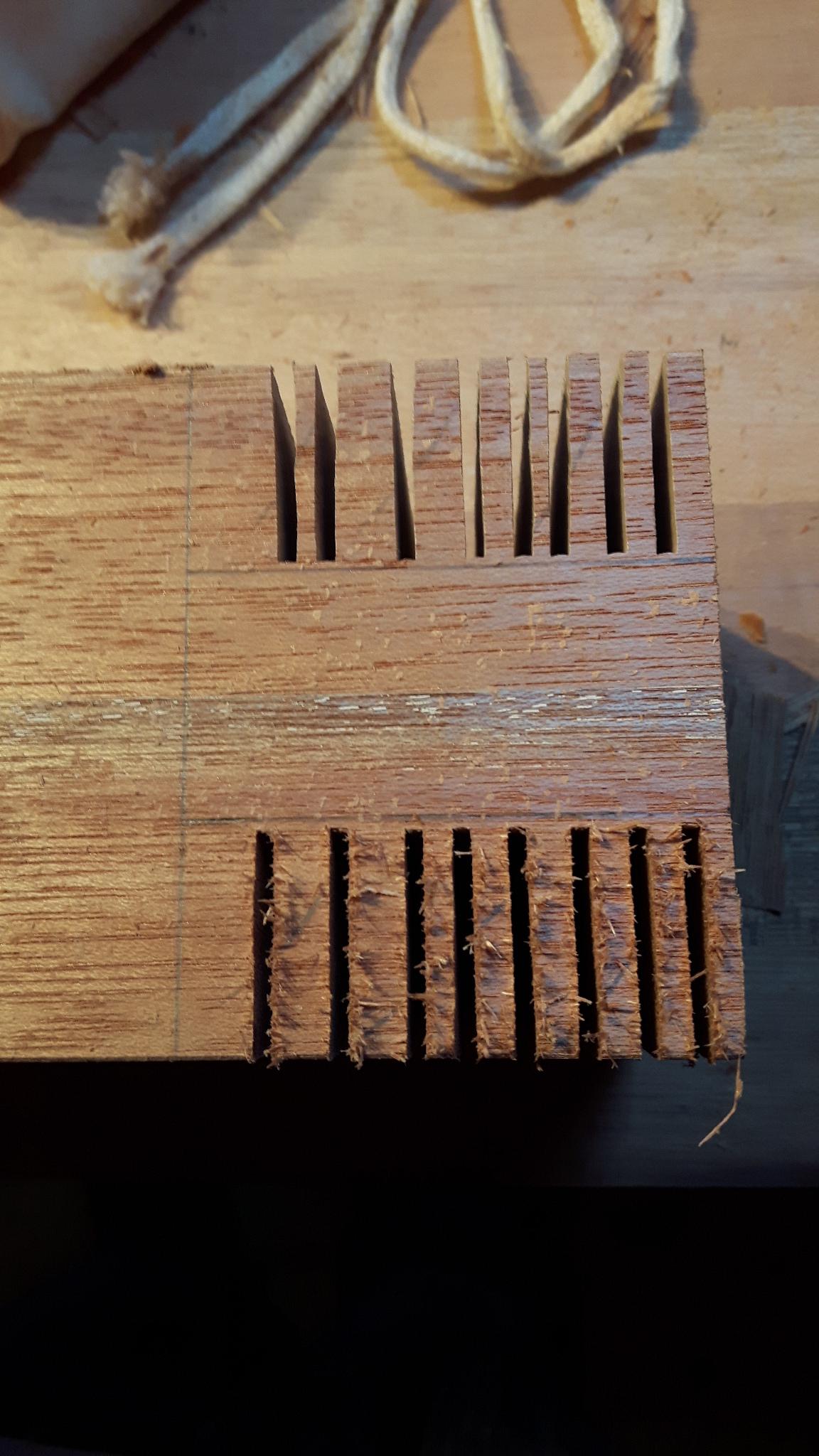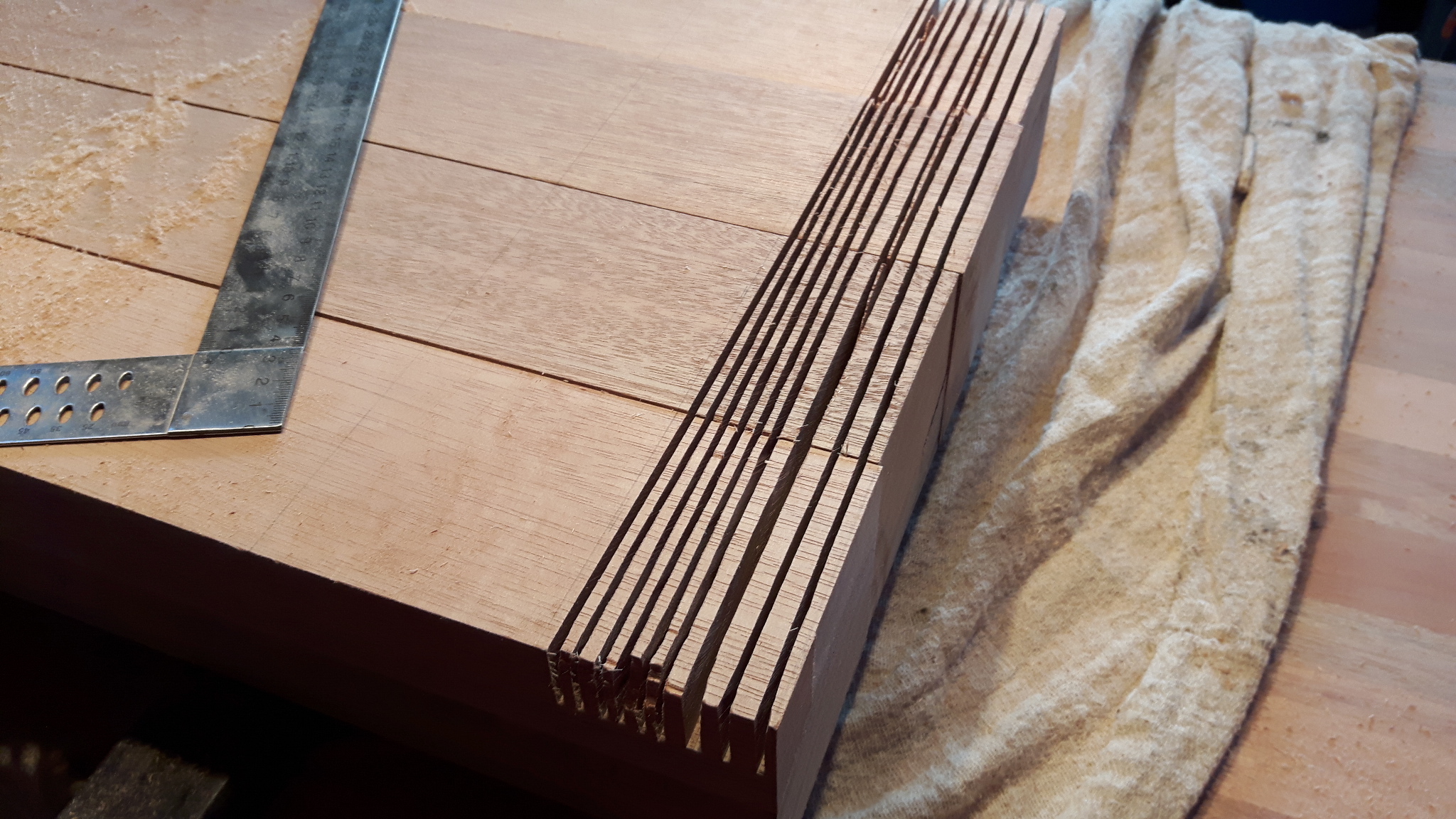Pergola build. Green oak, 4 posts 150mm x 150mm x 3m
I need to cur a mortice in each post to accept the tenon from the horizontal 'connectors'. The tenons I'm ok with, i think. The mortices i'm going to drill rough with a Forstner bit and then clran up / tune with a chisel.
Problem.....I'm not a chippy and am really doing this to learn, hopefully not by making expensive mistakes. I've read about mortice chisels, registered chisels but as I'm really just cleaning up could I make do with a normal bench chisel. And how do I keep the edges square? I'm assuming (!) that if the tenon is 50mm the chisel for the mortice should be 50mm to use as a constant width guide?
Any advice, tips would be very gratefully taken on board.
I need to cur a mortice in each post to accept the tenon from the horizontal 'connectors'. The tenons I'm ok with, i think. The mortices i'm going to drill rough with a Forstner bit and then clran up / tune with a chisel.
Problem.....I'm not a chippy and am really doing this to learn, hopefully not by making expensive mistakes. I've read about mortice chisels, registered chisels but as I'm really just cleaning up could I make do with a normal bench chisel. And how do I keep the edges square? I'm assuming (!) that if the tenon is 50mm the chisel for the mortice should be 50mm to use as a constant width guide?
Any advice, tips would be very gratefully taken on board.



































